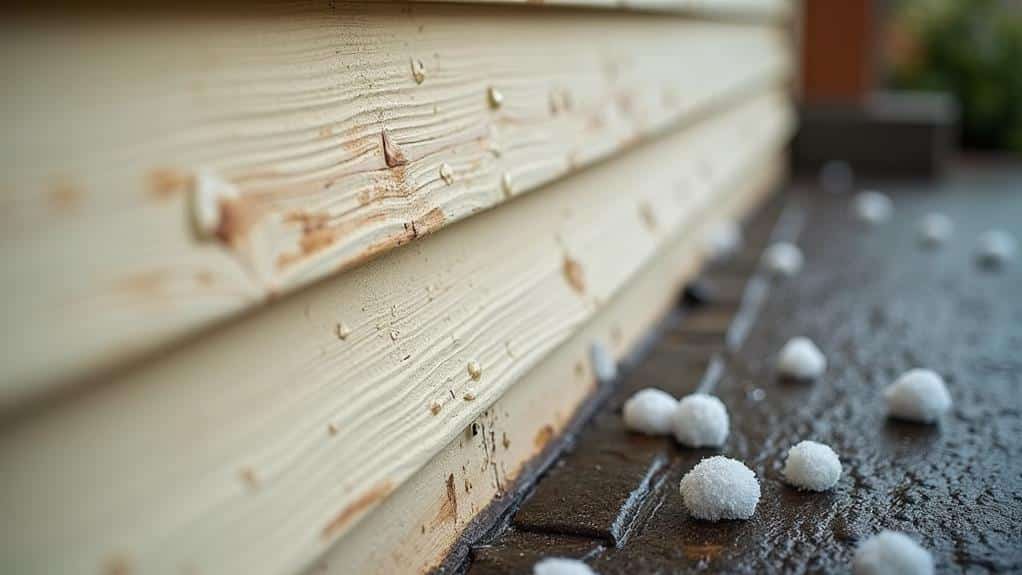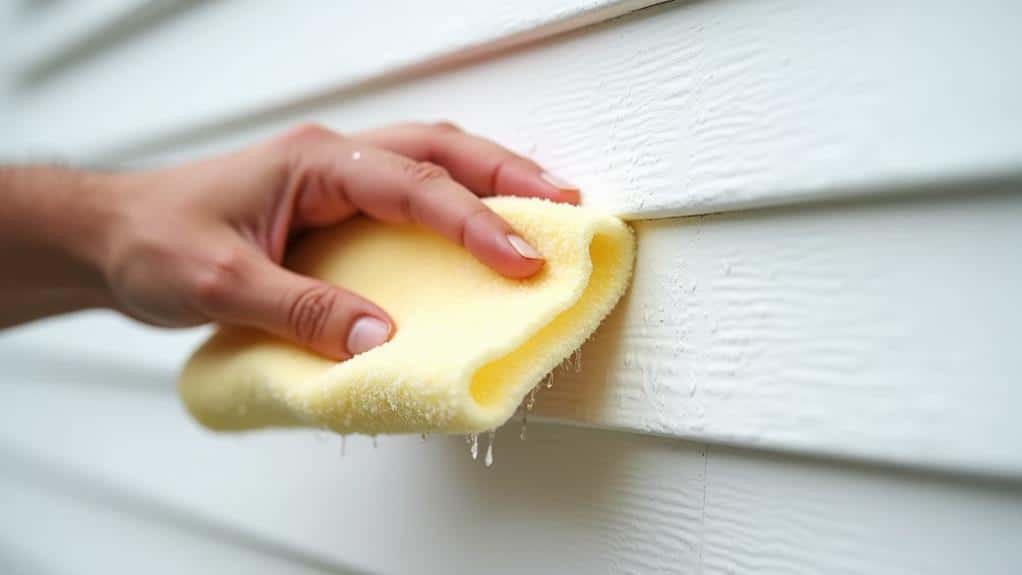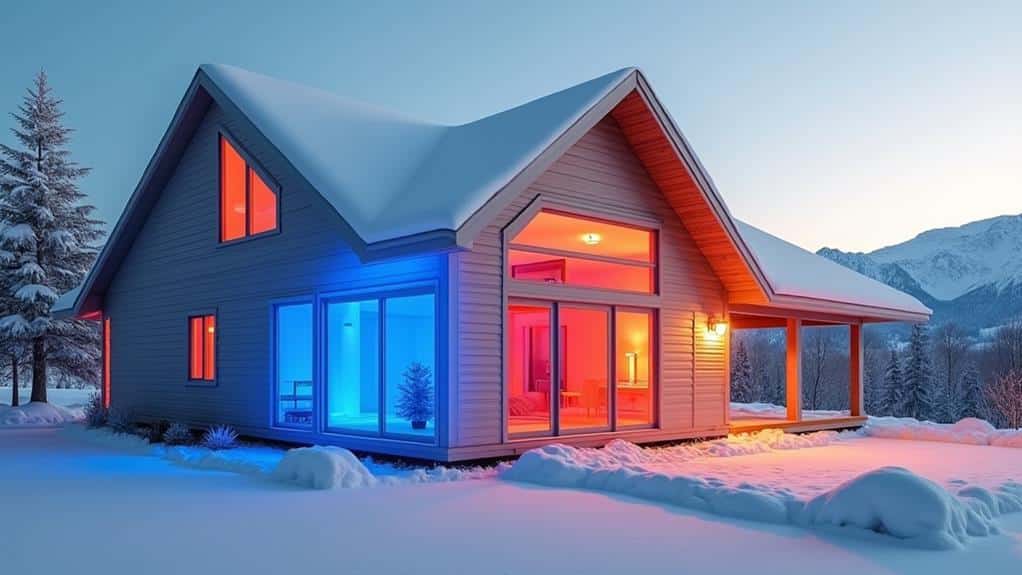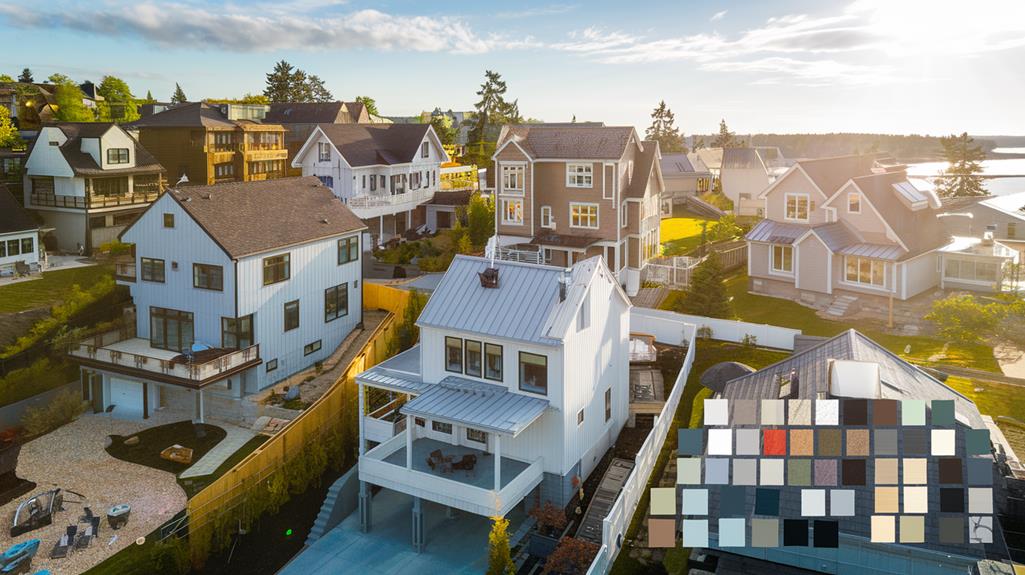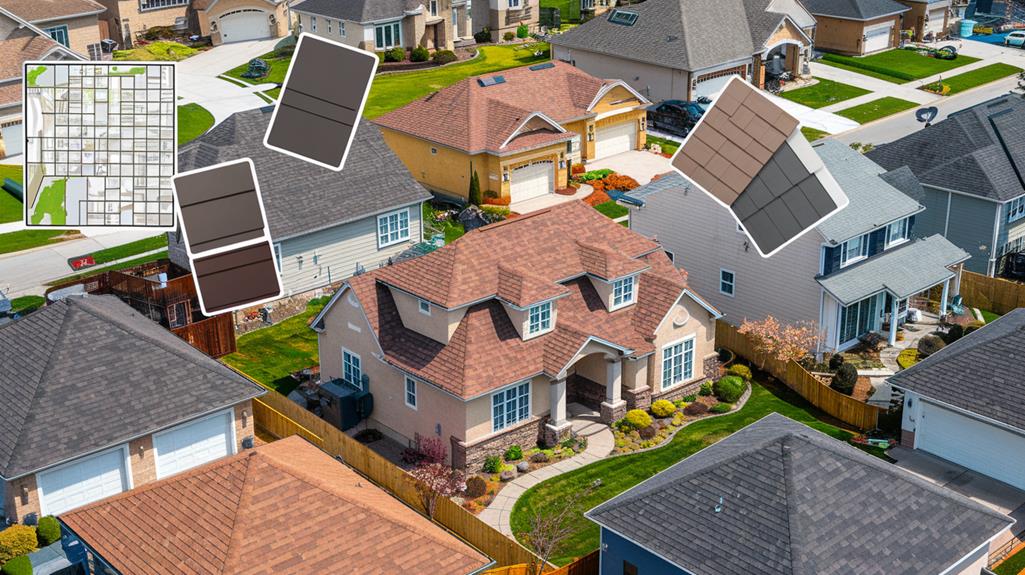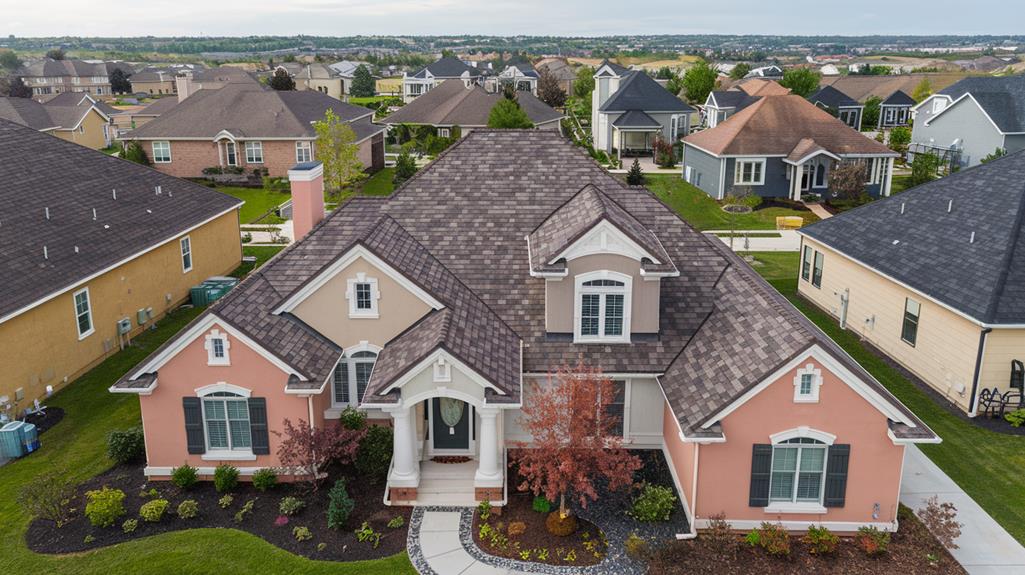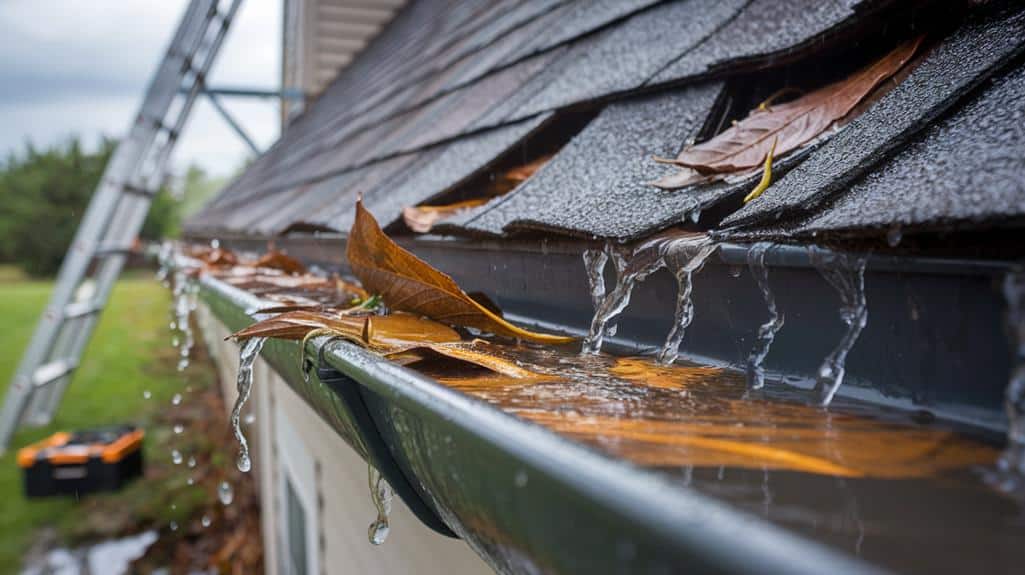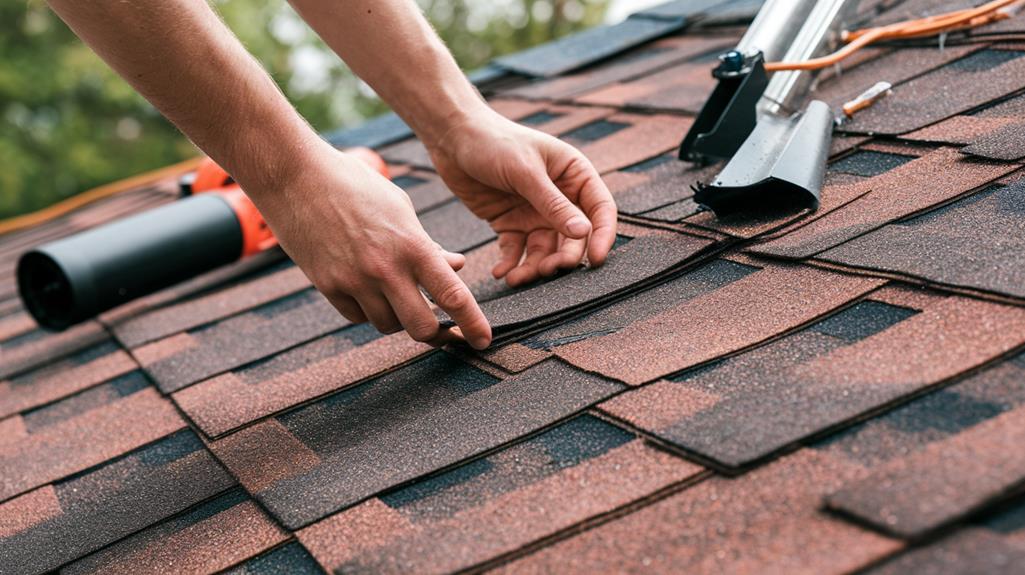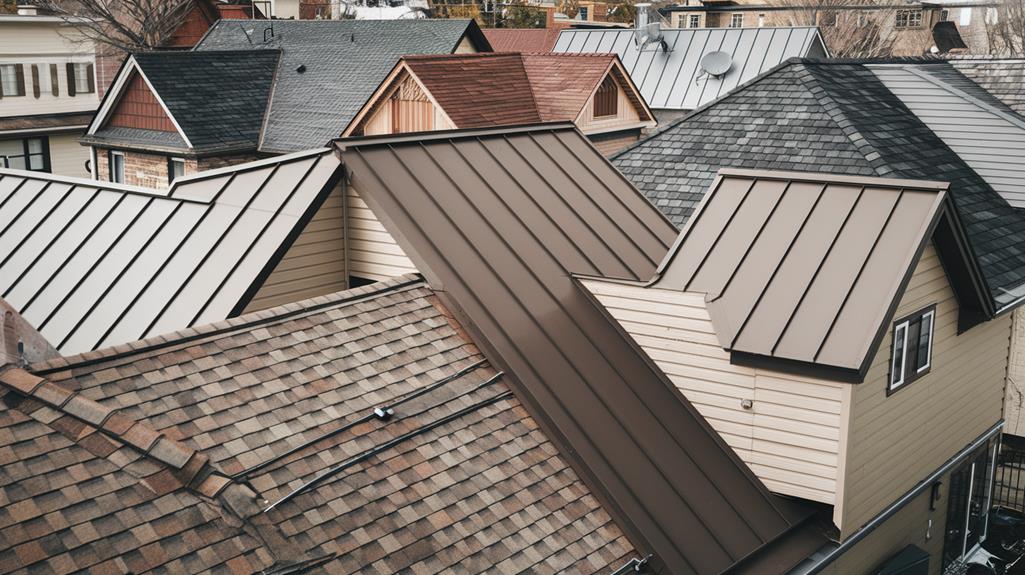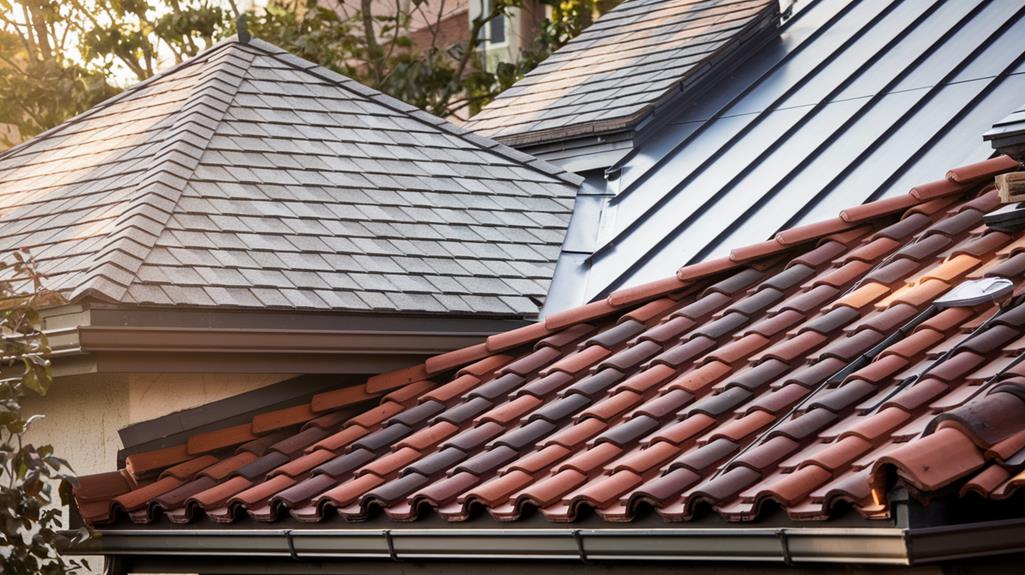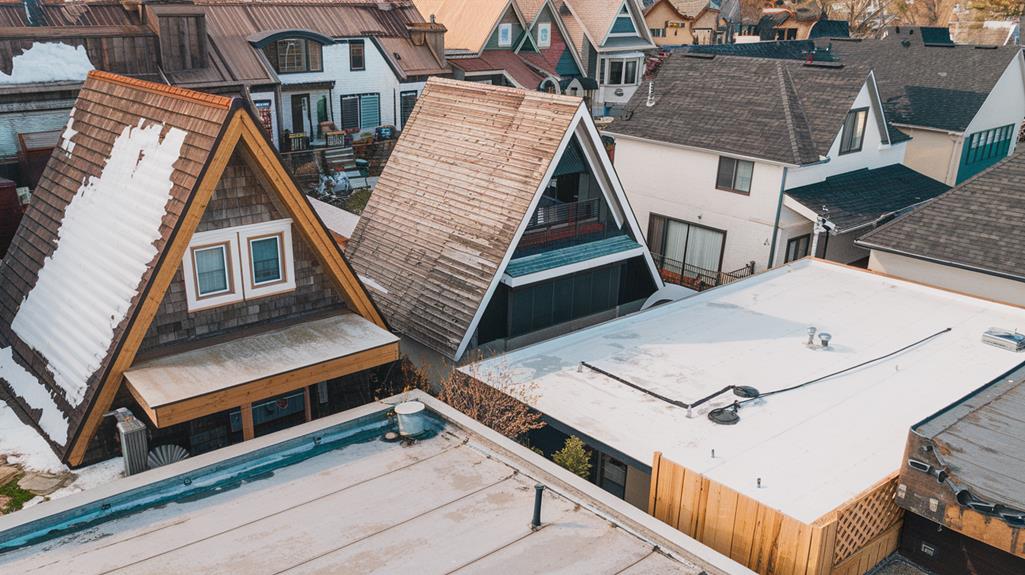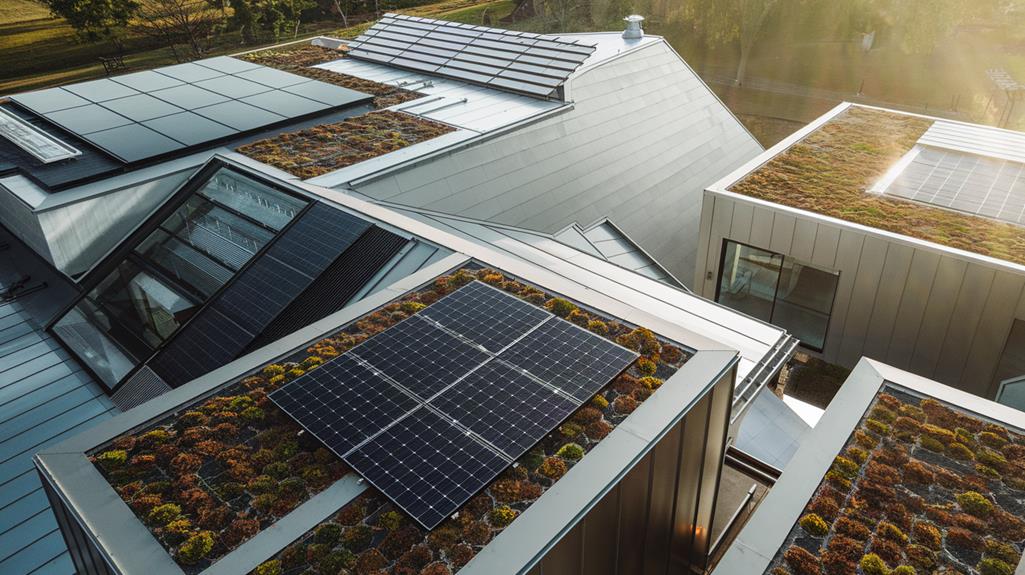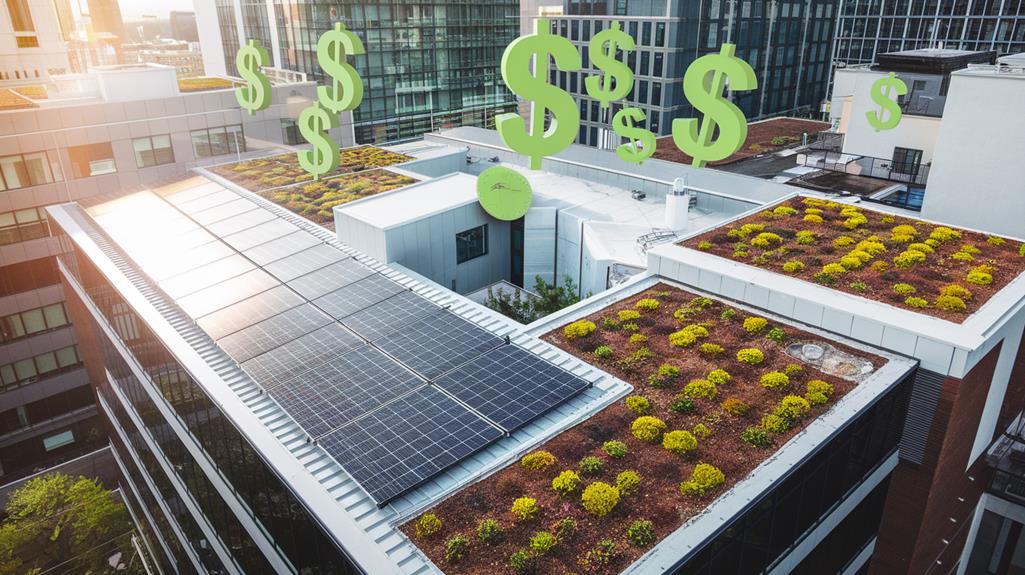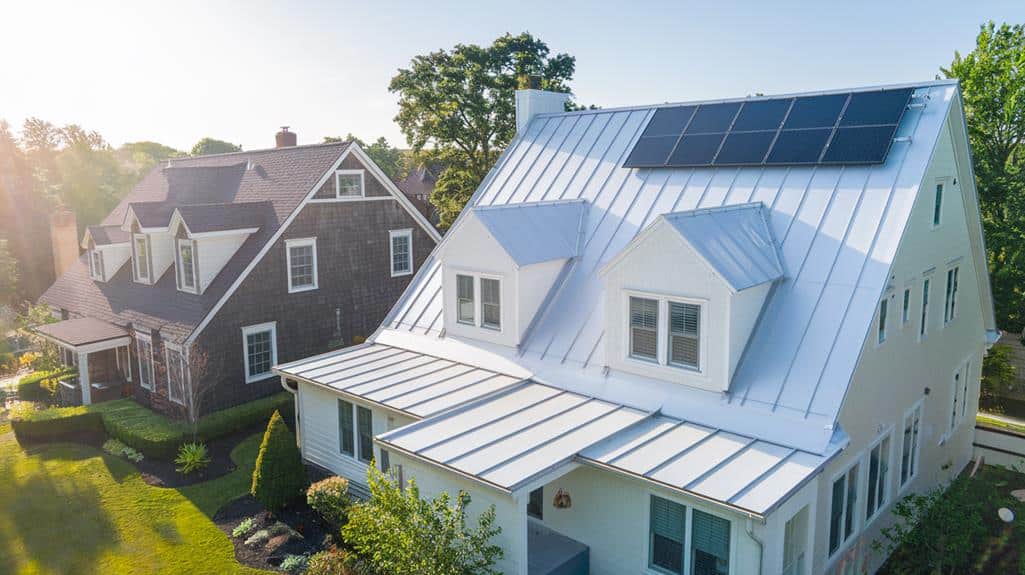Fiber cement siding is a tough and long-lasting option for your home’s outer walls. It stands up well to weather and helps protect against fire. Made from materials that can be recycled, it can look like wood, brick, or stone.
Putting it up takes careful planning and special tools, but when done right, it can last up to 50 years. You won’t need to do much to keep it in good shape – just clean it once a year and check it now and then.
It costs more at first than some other choices, but you’ll save money over time because you won’t need to fix or replace it as often. Compared to vinyl or wood siding, fiber cement lasts longer, resists fire better, and is kinder to the environment.
This siding has many good points, so it’s worth learning more about what it can do for your home.
Key Takeaways
- Fiber cement siding offers exceptional durability, resisting rot, warping, and pests while withstanding harsh weather conditions.
- Installation requires careful planning, specialized tools, and adherence to manufacturer guidelines for optimal performance.
- With proper care, fiber cement siding can last up to 50 years, requiring minimal maintenance beyond annual cleaning.
- Although initial costs are higher, long-term savings from reduced maintenance and replacement needs offset the investment.
- Compared to alternatives, fiber cement siding provides superior fire resistance, longevity, and the ability to mimic other materials’ appearance.
Benefits of Fiber Cement Siding
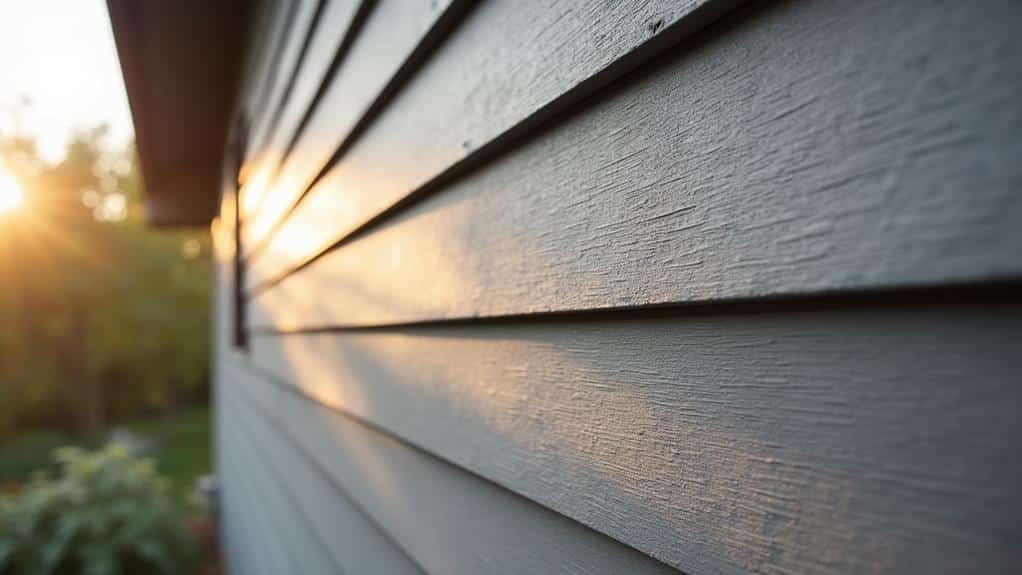
Fiber cement siding has many benefits, making it a top pick for homeowners and builders. It’s very strong and lasts a long time, resisting rot, warping, and bug damage. This tough material can handle bad weather, standing up to rain, wind, and sun.
It works really well in Minnesota’s climate, protecting homes from cold winters and heavy snow. With a long warranty and expert installation, it’s a good investment. Fiber cement siding needs little upkeep, saving time and money over the years.
It also resists fire, adding safety to your home. If you care about the environment, you’ll like that it’s made from materials that can be recycled. This siding also helps keep noise out, making your home quieter.
With its good looks and long-lasting performance, you’ll join many happy homeowners who chose this smart option.
Installation Process and Considerations
Putting up fiber cement siding needs careful planning and work. First, take off old siding, fix any damage, and put on a layer to keep water out. Follow the maker’s rules for nail patterns and gaps to make sure it works well.
Weather matters a lot; put up siding when it’s dry and not too cold. You’ll need special tools, like a saw for fiber cement and a nail gun. Begin at the bottom and go up, making each row overlap to keep water out. Don’t forget to seal joints and paint cut edges to stop water from getting in.
Poor installation can cause gaps and let water in, which hurts how well the siding works. It’s very important to fix any water problems before putting up siding to stop rot and bugs. Putting metal strips around windows, doors, and other openings is key for long-lasting protection.
If you pay close attention to every step, you’ll get a strong, good-looking outside that will last a long time.
Maintenance and Longevity
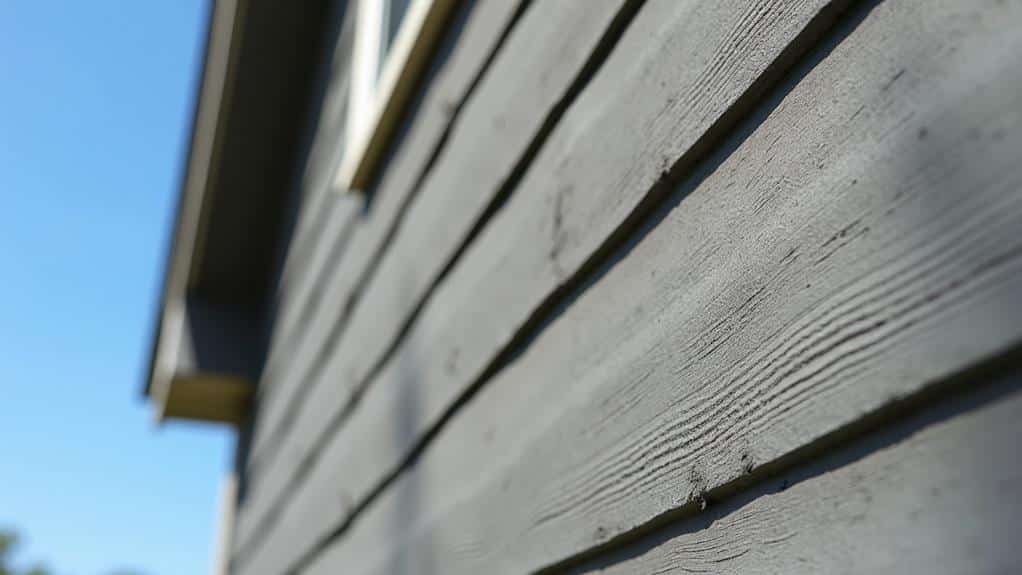
Fiber cement siding lasts a long time and needs little care, making it a top pick for homeowners. It can last up to 50 years when put on right and looked after. This siding stands up well to bad weather, which means fewer fixes over time.
To keep it looking good, clean it once a year with a soft brush and mild soap. Check for cracks or damage every few years, and fix any problems quickly to stop water from getting in. Unlike wood, fiber cement doesn’t rot, bend, or attract bugs, so your home’s outside stays nice for many years. Its color stays bright longer than vinyl, keeping your home looking fresh without painting often.
Regular seasonal inspections can catch any issues early, making sure your siding works well for its whole life. With just a bit of care, you’ll have a pretty, long-lasting outside that makes your home worth more and looks good in your neighborhood.
Cost Analysis
Looking at the costs of fiber cement siding is key to making a smart choice. Think about what you’ll pay now and later. Start-up costs cover materials and putting it on your house, which changes based on your home’s size and shape. Fiber cement might cost more at first than vinyl or wood, but it often saves money over time.
Cost comparison with other choices like asphalt shingles or metal roofing can help you pick the best option.
Think about how much you’ll spend to replace different sidings over time. Fiber cement lasts a long time, so you’ll likely pay less for fixes and new siding later. Also, think about saving money on energy bills because it keeps heat in, and how it might make your home worth more. Don’t forget about upkeep costs, which are usually less for fiber cement than for wood siding.
Comparing to Alternative Materials
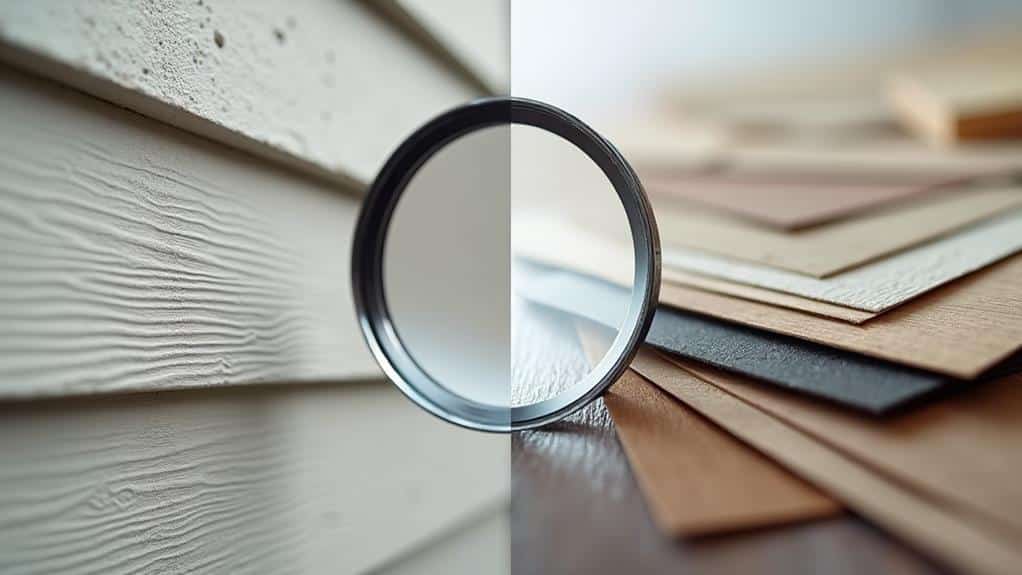
When choosing siding, homeowners often look at different options. Fiber cement siding stands out when compared to other materials. It lasts longer and resists fire better than vinyl, and looks nicer too.
Unlike wood, it needs less upkeep and doesn’t rot, get eaten by bugs, or suffer from water damage. Fiber cement is also better for the environment than vinyl, as it’s made from renewable materials and doesn’t give off harmful chemicals.
It costs more than vinyl up front, but over time it can be cheaper than wood or brick because it lasts longer and needs less care. You can get fiber cement that looks like other materials, so you can have the style you want with better performance.
Think about your local weather, how much you can spend, and what look you like when deciding between fiber cement and other options.
Frequently Asked Questions
Can Fiber Cement Siding Be Painted, and How Often?
Fiber cement siding can be painted with acrylic or latex paints. You should repaint every 7-15 years, based on how long the paint lasts and your local weather. It’s a good idea to ask a pro for help to get the best look for your house.
Is Fiber Cement Siding Resistant to Pests Like Termites?
Fiber cement siding keeps pests away very well. Termites can’t eat it because it’s not made from plants or animals. It also doesn’t soak up much water, which helps stop pests. By using this material, you’re protecting your house from bugs and other small creatures that might want to move in.
Does Fiber Cement Siding Affect a Home’s Resale Value?
Fiber cement siding can make your home worth more when you sell it. Buyers like this type of siding because it lasts a long time and doesn’t need much care. This gives your house an edge over others and makes it more appealing to people looking to buy.
Can Fiber Cement Siding Be Installed Over Existing Siding Materials?
Fiber cement siding can go on top of old siding, but it’s not always the best choice. Before you start, you need to do some important steps. First, check if the old siding is in good shape. Then, make sure there’s a way to keep water out. It’s a good idea to ask an expert for help to figure out the best way to do it.
How Does Fiber Cement Siding Perform in Extreme Weather Conditions?
Fiber cement siding holds up really well in bad weather. It can take hits from hail without much damage and doesn’t get blown off easily in strong winds. This toughness keeps your house safe, so you don’t have to worry when big storms come.
Conclusion
You’ve now gained a thorough understanding of fiber cement siding’s benefits, installation process, maintenance requirements, costs, and comparisons to alternatives. As you weigh your options, consider your specific needs, climate, and budget. Remember that while fiber cement siding offers durability and aesthetic versatility, it requires professional installation and periodic maintenance. Assess the long-term value against initial costs, and don’t hesitate to consult with siding professionals like MWCR Homes for personalized recommendations tailored to your property’s unique characteristics. Our team at MWCR Homes has extensive experience with fiber cement siding installation and can provide expert advice to help you make the best decision for your home.

